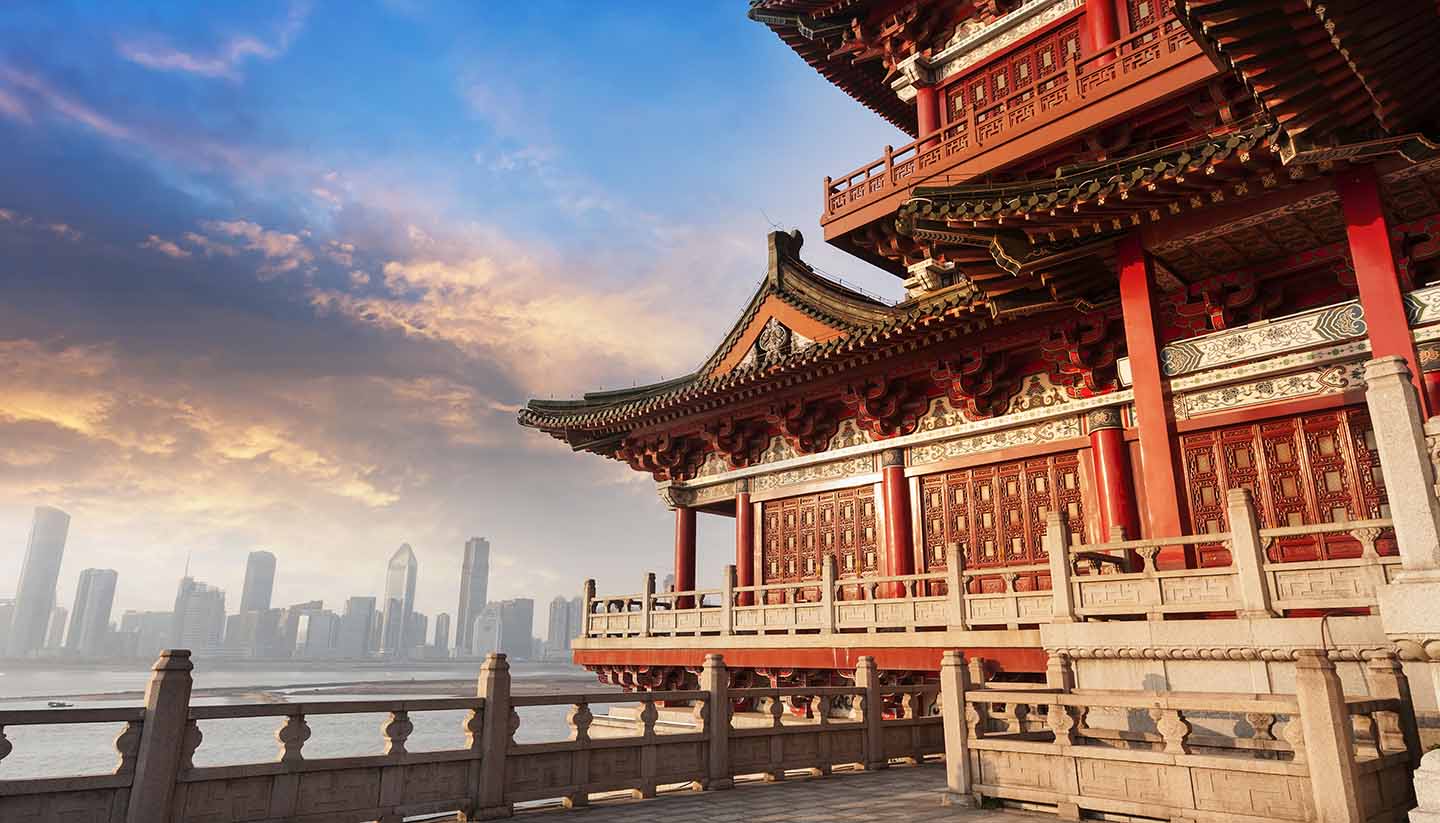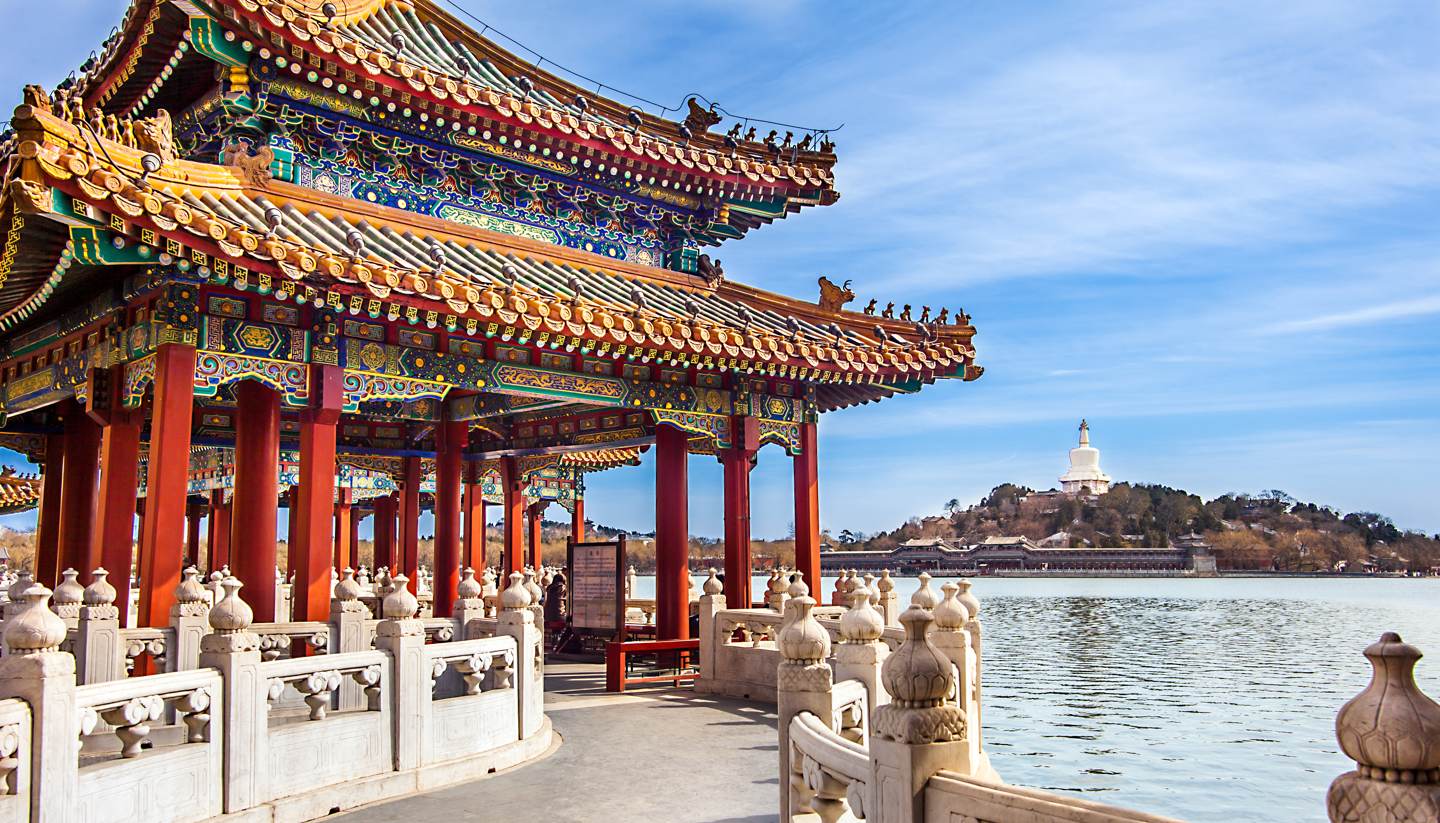Getting around Beijing
Public transport
The local bus system in Beijing is dirt cheap and extremely extensive, but tough to negotiate for non-Chinese speakers. Travel by subway or taxi is far easier, although remember to carry with you the name of your destination in Chinese characters to show taxi drivers. Very few speak English. Beijing's subway is slick, modern and easy to use. Information in English is available from the Beijing Government website (www.ebeijing.gov.cn/feature_2/BeijingSubway/index.htm). Signs and announcements are in English as are ticket-buying machines. Tickets cost a flat rate for a single journey, no matter how far you travel. The ABC (Airport to Beijing City) express train connects the airport with Dongzhimen and Sanyuanqiao subway stations.
Taxis
Taxis in Beijing are plentiful, cheap and metered, and are usually just hailed from the street. Tipping is not expected.
Driving
Few tourists attempt to drive in Beijing, as hiring a car is a lengthy process and roads are congested. Visitors also need a Chinese driving licence, which can only be obtained by resident permit holders. Basically, don't bother.
Car hire
Car rentals usually come with a driver, but familiar foreign car hire agencies are only slowly breaking into the market. Avis (tel: +86 400 882 1119; http://www.avis.cn/) has an online booking service. Otherwise try one of the local taxi companies such as Beijing Beiqi Taxi (tel: +86 10 8766 5998, ext 8053), although you'll need a Chinese speaker to help.
Bicycle hire
Cycling is a great option in Beijing. The roads are as flat as a chessboard, and almost all of them have bicycle lanes, although cars don't always keep out of them! You can hire bikes from many youth hostels and hotels. Alternatively, try Bicycle Kingdom, 81 BeiHeYan Street (tel: +86 10 6526 5857; www.bicyclekingdom.com).



